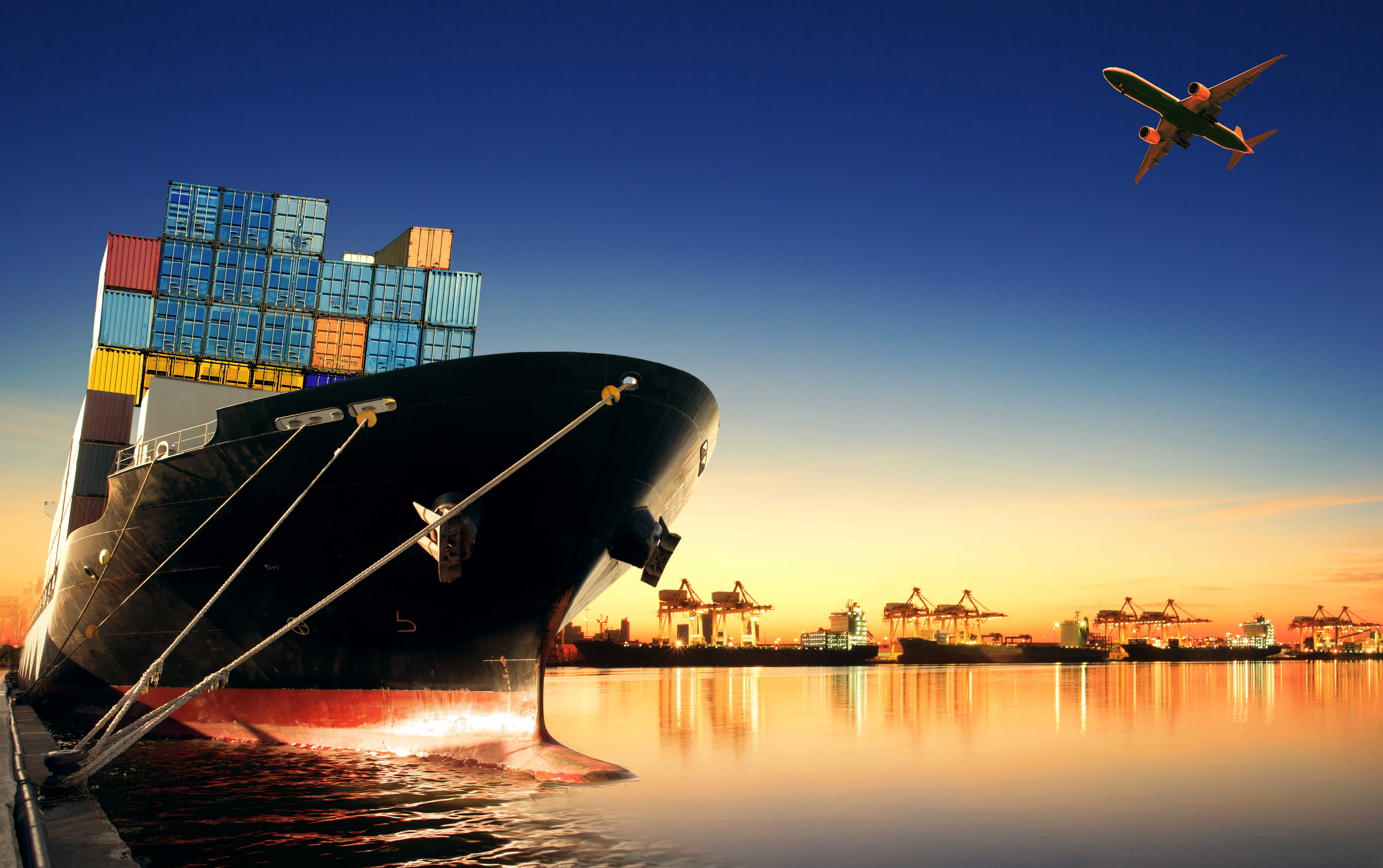Over the past decade, global warming has become a hotly contested issue in the global community. The foremost concern related to global warming focuses on the consequences that it could have on the health and life-span of our planet; however, other major concerns are related to the effect that climate change will have on the future of trade and the transportation. There are a number of ways in which the future of trading will be influenced by a rapidly changing climate.
One such aspect of trade that will be affected will be the rural communities of developing countries. Most poor people throughout the world live in rural areas that rely heavily on their natural habitat and natural resources for income, food, and shelter. Due to climate change, however, these habitats are now being greatly altered. There have been several dramatic examples of this recently throughout the world. One example has taken place in Latin America where climate change is to blame for the rapid expansion of a fungus, which attacks coffee plantations and trees. Another significant example of global warming affecting rural habitats is that of coastal areas around the globe which have experienced ocean acidification because of rising sea temperatures. Based on these rising ocean temperatures, fish stock around the world has continued to dwindle. The consequences of global warming on these areas has been devastating to their economy and trading markets.
Not only will the resources countries trade and rely on be significantly hampered by global warming, but the world’s capacity to trade as a whole will also be negatively affected. Currently about 80% of global trade by volume is carried via sea and handled by ports; but many ports, especially those of developing countries, are not ready to endure stronger, more frequent storms or rising sea levels. In the Gulf Coast, which has seven of the 10 largest ports in the United States, the combination of relative sea level rise and more intense hurricanes and storms could lead to significant disruptions and damage. Another country in jeopardy of facing the consequences of climate change would be Tanzania who is projected to face a 70 centimeter increase in sea level by 2070. Transportation of freight by inland waterways such as the Rhine could easily be disrupted during droughts. This would wreck the port city of Dar es Salaam, a major port in East African trade.
On the other hand Marine transportation will be affected in positive way. Shipping lanes experiencing sea level rise will be able to use larger ships which will cause reducing shipping costs. High temperatures will reduce the amount of sea ice and shipping seasons will be extended. Warmer winters will likely lead to less snow and ice accumulation on vessels, decks and ports. In the Arctic, warmer temperatures could even open up the possibility of a Northwest Passage, and create alternative to reduce shipping times and distances. There will be also negative effects for sea transportation like flooding of shipping channels or increased runoff from extreme precipitation events can cause silt to build up, channels might get shallowed. Hurricanes and storms might extend the transit times as usual.
From the inland perspective higher temperatures can soften the pavement. This can create rutting and potholes, particularly in high-traffic areas and can place stress on bridge joints. Heat can limit construction activities in areas with high humidity. With these changes, it would become more costly to build and maintain roads and highways. On the other hand, cold weather which brings flooding and extreme snow also shortens the life expectancy of highways and roads. Road infrastructure in coastal areas is more sensitive to flooding from sea level rise and storm surges. Approximately 60,000 miles of coastal roads in the United States are already exposed to flooding from coastal storms and high waves. In the Gulf Coast following 50-80 years there is a high risk of 2400 miles of roadways will be permanently flooded by sea level rise. High temperatures, hurricanes also cause rail tracks to expand and buckle which will affect rail transportation seriously. We are already experiencing it in countries such as India nearly every month.
As time moves forward, trading policies and transportation infrastructure need to be properly utilized to meet the challenges of climate change. First, there needs to be an end to trade incentives that promote unsustainable economic activities. Tendencies to create barriers against renewable energy must be overcome. More money also need to be invested in infrastructure for inland and sea transport to be prepared for negative consequences. As a whole, the countries of the world need to use the influence of trade to come together in working for the common good of our planet’s wellbeing. That is the only way we will be able to avoid the destructive path our global environment is heading down.




